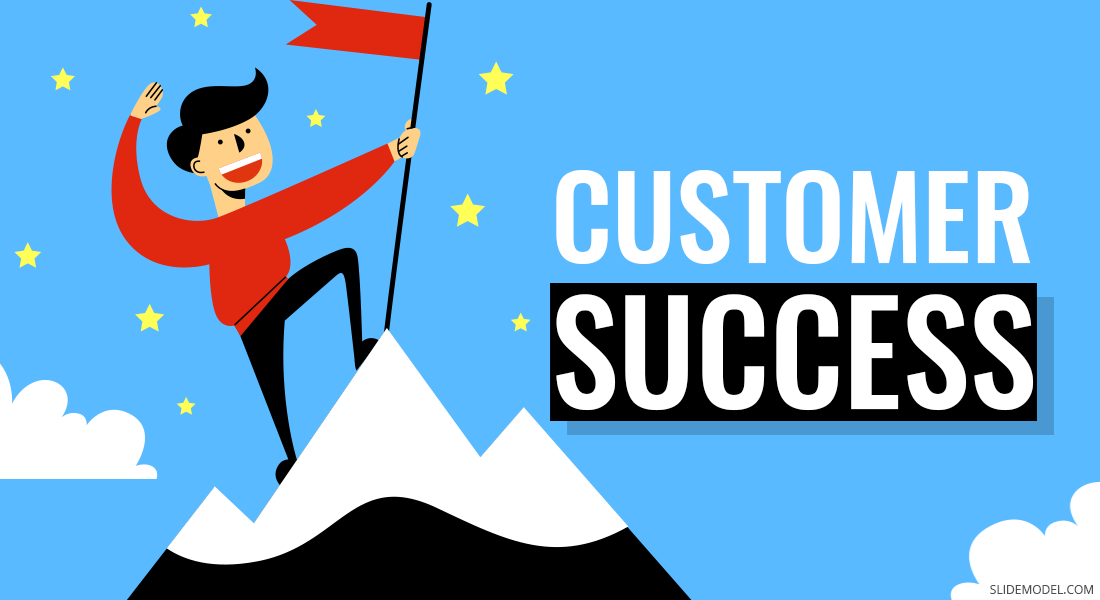
Running a company is a marathon, not a sprint.
The idea behind customer success is simple: cultivate your relationship with customers from start to finish. This means looking at your customers as if they were one of your most valuable employees. The reason this is so important is because it’s not about what you can get out of them; it’s about what you can give to them—and give back to them. It’s about building relationships based on trust and reciprocity rather than simply paying lip service to these values in an attempt to create brand loyalty.
The ideal team structure and its impact on scaling
Customer success teams are being designed with more and more specialized roles to support the customer lifecycle. The reality is that not every team member will be able to wear all hats, but it is important for everyone to understand how each role supports the others. Outlined below are the three main customer success roles and how they fit within a typical team structure.
The Support Team: The first line of defense when customers have issues is the Support Team. It’s critical that this team is empowered to resolve customer problems efficiently and effectively because their work frees up the rest of the organization to focus on strategy, planning, and growth.
The Strategy Team: The Strategy Team works closely with the Executive Team to develop and implement long-term strategies. These are folks who have deep domain expertise and are often directly involved in helping customers get value from their product/service.
The Customer Success Manager: This is the heart of a successful customer success team. They work one-on-one with customers to help them achieve their goals by identifying opportunities, creating plans of action, measuring progress and reporting back.
The importance of a data-driven customer success strategy
As businesses scale, the pressure to collect customer data and act on it grows, but the ability to do so doesn’t always keep pace. When it comes to cultivating growth that lasts, every company needs a data-driven customer success strategy. The three key components of this type of strategy are:
1) Acting on customer feedback to improve product or service offerings
2) Monitoring customer sentiment and behavior
3) Forming specific actions from your data analysis
Closing the loop on customer feedback
The ability to use customer feedback data is an invaluable asset when it comes to crafting an innovative strategy that works toward improving the customer experience while enhancing your business’ bottom line.
Customer feedback provides key insights into customer sentiment and preferences, enabling organizations to improve existing products and services or develop new offerings that are tailored toward specific customer segments.
The true fallacy of every business strategy is that it will work forever. A customer success strategy is no different, but the good news is that you can pivot and change course if your strategy doesn’t produce the results you’re looking for. If a customer’s needs and value to your company change then so should your strategy.